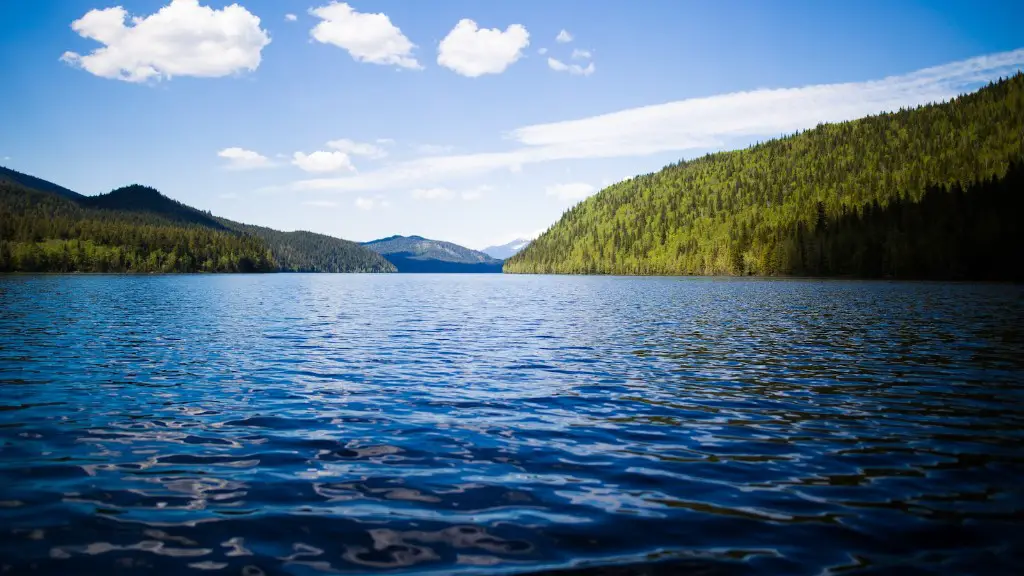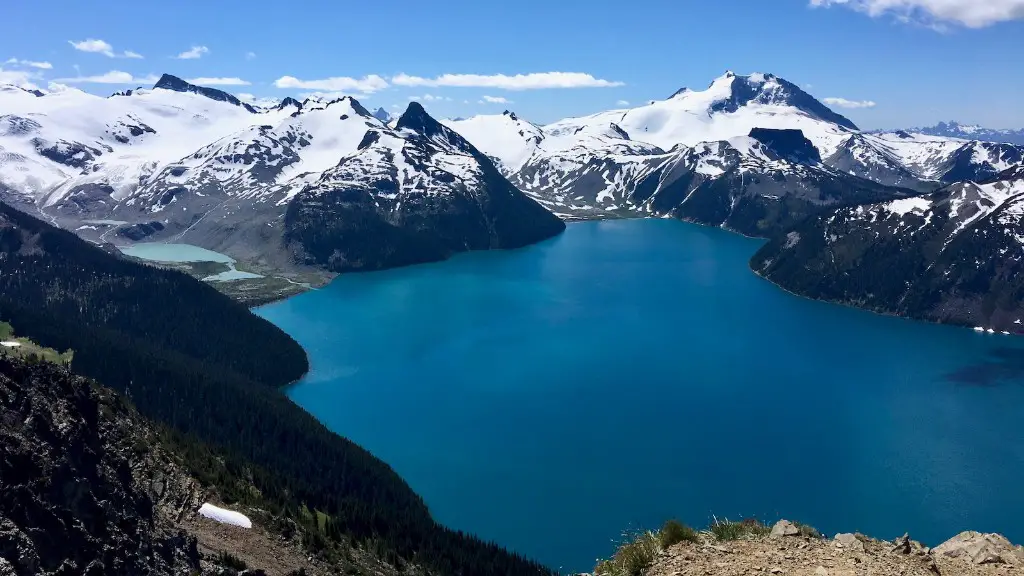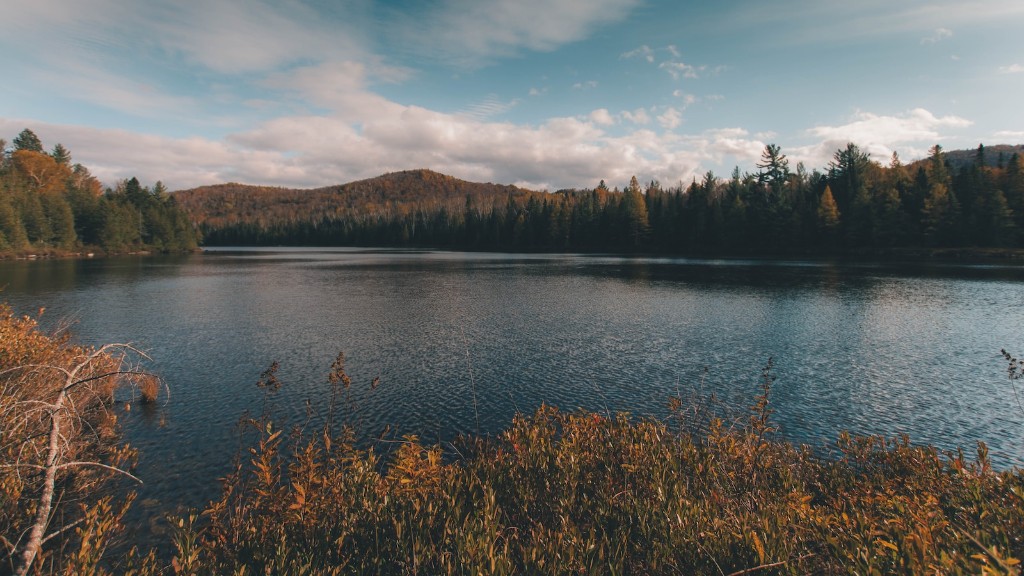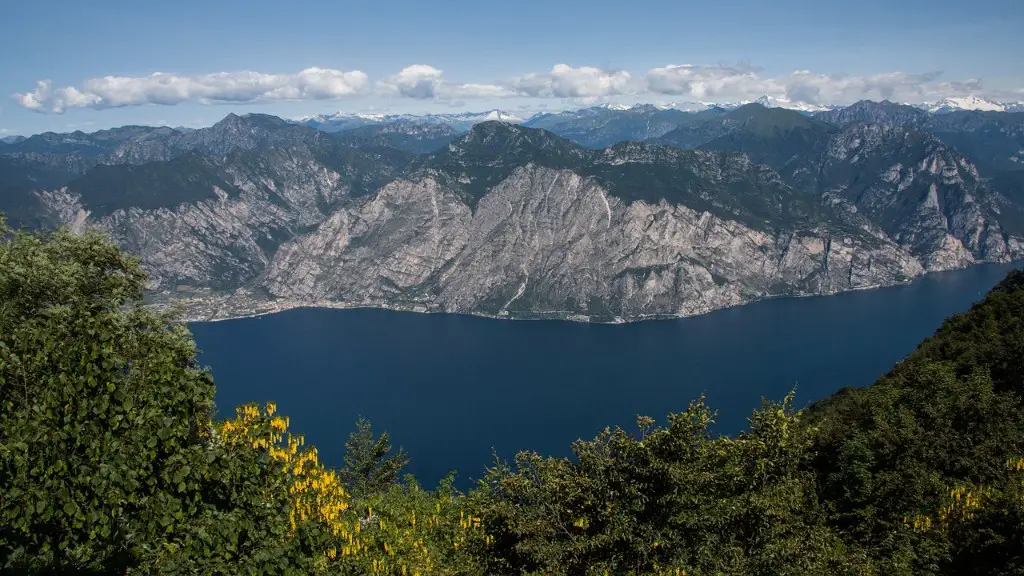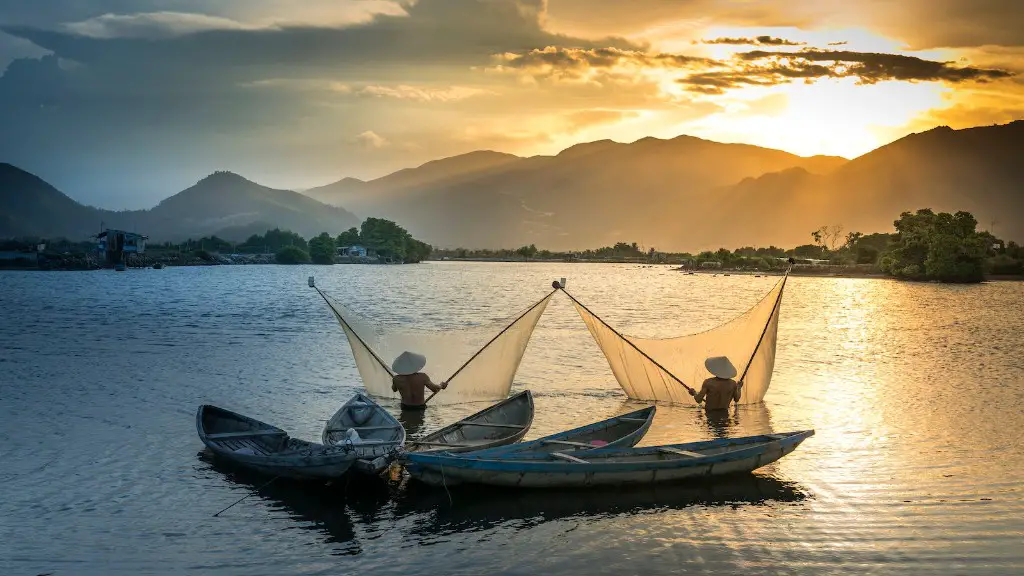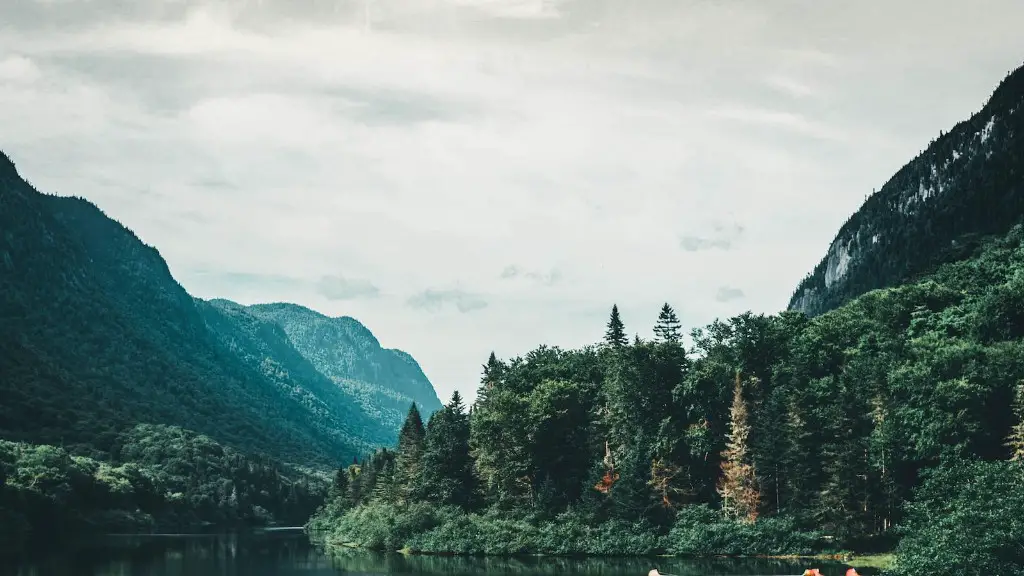Crater Lake is a caldera lake in the western United States, located in south-central Oregon. It is the main feature of Crater Lake National Park and is famous for its deep blue color and water clarity. The lake is fed solely by rainwater and snowmelt, with no inflowing or outflowing streams.
The Crater Lake volcano was formed around 7700 years ago when the Mount Mazama volcano erupted. The Mazama volcano had built up over many years, and the eruption was so large that it blew the top of the mountain off. The crater that was left behind filled with water and became Crater Lake.
How did the Crater Lake volcano form?
Crater Lake is a stunning example of the power of nature. The great Mount Mazama grew over time, until it finally erupted in a spectacular display of fire and fury. The resulting collapse of the mountain created a massive caldera, which was eventually filled with water from precipitation. Today, Crater Lake is a beautiful and serene place, but it is a reminder of the great forces that shaped our world.
A stratovolcano is a type of volcano that is built up of layers of lava flows and pyroclastic deposits. They tend to have a steep-sided conical form and highly explosive eruptions. The Stratovolcano is the most dangerous type of volcano. Earlier eruptions built Mount Scott, which lies east of Crater Lake. As time continued, volcanoes began growing to the west building as layers of lava flows and pyroclastic deposits.
What kind of volcano was here before Crater Lake formed
Crater Lake is a type of volcanic depression called a caldera. A caldera is formed when a volcano collapses during an eruption. The eruption of Mount Mazama 7,700 years ago created Crater Lake. The landscape around the volcano was changed by the eruption.
Mount Mazama is a stratovolcano in the Oregon Cascade Range. Its climactic eruption produced the caldera where Crater Lake exists today.
Could Crater Lake erupt again?
It is possible that future eruptions of Mount Mazama will occur beneath the surface of Crater Lake. This is based on the long history of volcanism at Mount Mazama, which suggests that this volcanic center is still active. These future eruptions could pose a danger to people and infrastructure near Crater Lake.
Crater Lake is a stunning example of the power of volcanic eruptions. The caldera was formed by the collapse of Mount Mazama during a violent eruption about 7,700 years ago. Today, the lake is a popular destination for hikers, campers, and photographers who come to marvel at its beauty.
What’s at the bottom of Crater Lake?
A tunnel through dead aquatic moss at the bottom of Crater Lake is an amazing feat of engineering. The dead moss layers accumulate over thousands of years, sometimes reaching 40 yards thick. The tunnel allows boats and kayaks to access the lake from the bottom, providing a unique way to explore the lake.
Crater Lake is a caldera lake in Oregon, USA. It is the deepest lake in the USA and the ninth deepest lake in the world. The lake is famous for its vivid blue color and clear water. The caldera-forming eruption that created Crater Lake occurred about 7,700 years ago. The lake probably took about 460 years to fill, but estimates based on precipitation rates range from 420 to 740 years.
Is Crater Lake a live volcano
Crater Lake is an active volcano, but it’s been 4,800 years since the old Mount Mazama blew up. Thelen said he doesn’t think it’s going to erupt anytime soon. The Volcano Observatory also noted that although Crater Lake is an active volcano, there is no current danger.
The park’s water claim for the lake is to preserve and protect all natural habitats and to conserve scenery. It is not for human consumption.
What is the oldest volcano to erupt?
The oldest recorded volcanic eruption is believed to be in a cave drawing in Chauvet, France, which may be as much as 40,000 years old The eruption of Mount Vesuvius in 79 AD that wiped out the city of Pompeii is considered the first volcanic eruption to be described in great detail.
Crater Lake is a very deep lake, and it takes a very cold winter to freeze the top. The last time Crater Lake froze over was in 1949.
When was the last time Crater Lake exploded
Crater Lake is a beautiful sight to behold, and it’s amazing to think that it was formed by a volcano nearly 5,000 years ago. The last known eruption at Crater Lake occurred when a small lava dome erupted underwater on the east flank of the base of Wizard Island about 4,800 years ago. Since that time, the volcano has remained quiet, allowing as much as 30 m (100 ft) of sediment to accumulate on the lake bottom. It’s fascinating to think about how the landscape has changed over time and how future generations will experience Crater Lake.
The Cleetwood Cove Trail is the only place in Crater Lake National Park where it is safe and legal to swim. The trail usually opens mid to late June.
Is Crater Lake a cinder volcano?
Cinder cones are usually found in groups or fields on the flanks of volcanoes and are composed of cinders, or volcanic debris, that have been blown out of the volcano and then solidified. Wizard Island in Crater Lake is a cinder cone. The crater of Wizard Island is less than 500 feet (150 m) wide and is about 70 feet (20 m) deep. Crater Lake National Park is located in Oregon, United States.
The discovery of colonies of moss and bacteria at the bottom of Crater Lake perplexes researchers because almost no nutrients are at the bottom of this nearly 2,000-foot lake, yet these organisms are thriving. This is an interesting find that could lead to new insights into the way these organisms survive and thrive in extreme environments.
Final Words
The Crater Lake volcano was formed around 7,700 years ago when the Mount Mazama volcano erupted and collapsed. The Crater Lake is the deepest lake in the United States and is known for its deep blue color.
The Crater Lake volcano was formed over 7,000 years ago when the magma chamber of Mount Mazama erupted. The eruption caused the magma chamber to collapse, creating a caldera. Crater Lake is the deepest lake in the United States and is fed by rain and snowmelt. The water in the lake is very clear because there are no rivers or streams that flow into it.
